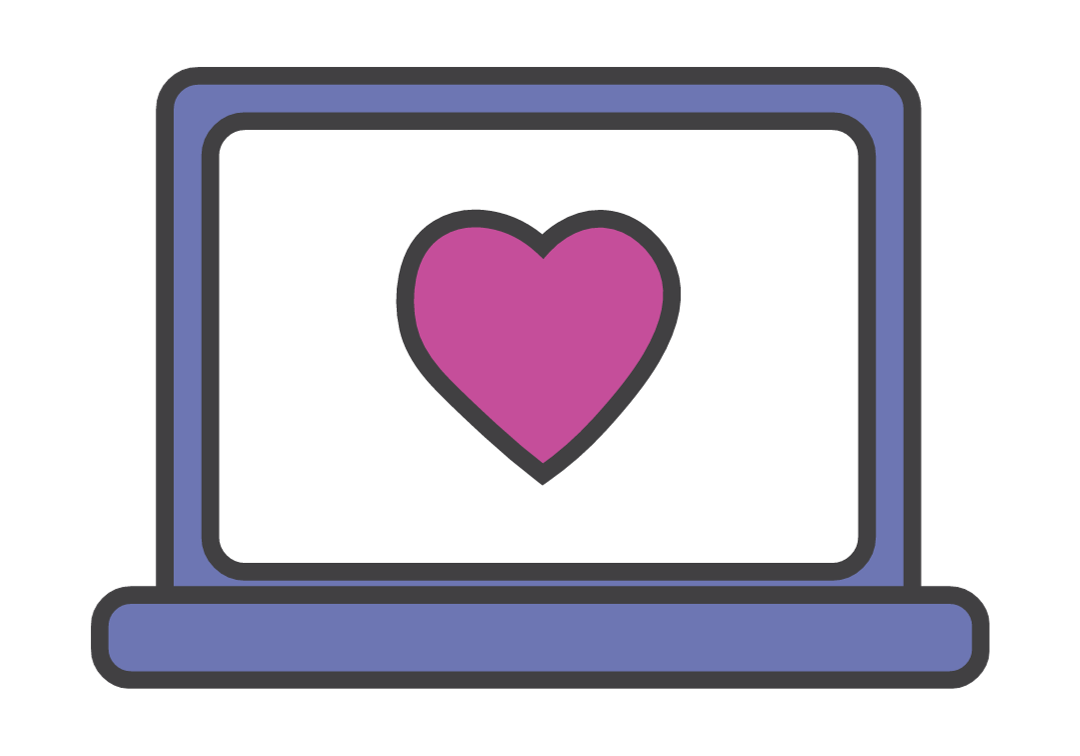Imagine walking down the sidewalk. It’s a bright and sunny day. Maybe even a bit warm for your taste.
Ahead of you, you see two lemonade stands run by a couple of children. (Perfect! You could use a drink.)
On one side of the road, you see a little girl sitting behind a small table. Hanging from the table is a sign that says…
Lemonade
$0.10
On the other side of the road, you have a similar scene with a young boy. But on the table are small, free samples. And the sign reads…
Quench Your Thirst
Don’t waste 10 cents on cheap lemonade made from powder (do you really know what’s in that stuff?).
Join your friends as they drink Nom Nom Premium Lemonaid™, freshly squeezed with TLC.
Tastes so great you’ll want seconds (and thirds…and probably more).Only 30 cents!
Try a free sample!
As you reflect on that, your first thought might be, “I bet that boy had a little help writing that sign.” But what I really want to know is this: Which lemonade stand is more appealing to you?
If it’s the second, then welcome to the masses. Now, let’s look at why that works so much better than the first sign. Let’s take a quick peek into what neuroscience tells us about how your brain makes decisions.
Analyze This! (Or Not)
How often have you been in a rational, heated argument with someone and actually “won” the argument? By win, I mean it ends with them sincerely saying, “You know what, you’re right and you’ve completely changed my mind with all that evidence.” I would be surprised if you said even one.
We now know that people do not make decisions based on reason. Rather, they make decisions based on how they feel. Then, they explain rationally why they made that decision.
Surprise!
The takeaway here is that it is pointless to try to convince someone through a reasonable argument to buy your product or service. Instead, focus on how what you have to say makes them feel.
This leads us to our three tips from neuroscience for better copywriting.
#1: Reward Networks — Use Pleasure to Motivate Action
“Ahhh, that feels good. Don’t stop… Do it again.”
The experience of pleasure is the most powerful way to motivate someone to act. Whenever the reward centers of the brain are triggered, dopamine is released. Dopamine is responsible for that “ahh” sensation.
The key here is to understand that it is not the actual reward that kicks in the dopamine, but the anticipation of a reward.
Think about all those people who sit in front of slot machines all day. The fact is that they will probably lose (possibly a lot) of money and end up wasting (possibly a lot) of time. From a rational perspective, it seems like an absolutely absurd thing to do.
But the experience of anticipating a huge payout causes a dopamine rush that keeps them stuck in that “maybe this time I’ll hit it big!” state of mind. It’s both an extreme and a common example of the unbelievable power of dopamine to motivate action.
There are a few ways you can leverage this.
First, when writing copy, focus on the potential benefits. What do your ideal clients hope for? Once you know that, you can write in a way that taps into that hope. For example, if you’re selling lemonade, you may say “Tastes so great you’ll want seconds (and thirds…and probably more)”. That language literally whets the appetite with anticipation of a wonderful experience. (Is your mouth watering, by chance?)
Think about this when you’re writing headlines. Which do you find more appealing?
Lemonade
or
Quench Your Thirst
Again, the benefit-oriented text wins.
Second, use a lead magnet. People who’ve just met you don’t know whether your product or service will be able to help them, which makes anything you say highly suspect. A lead magnet is like a free sample. Through it, you give them an idea of what you can do, but it is clearly just the tip of the iceberg. If they like it, they are far more likely to anticipate good things coming from working with you, which inclines them to do so.
Third, people generally find the experience of novelty rewarding (provided that it is in a positive context). If you have something that is new or a new way of doing things, make sure to somehow highlight how “new and improved” it is. Also, people eat up new information that is relevant to them. The more you can offer them that, the more likely they will be to want more. (Is there any wonder that YouTube is so popular?)
Fourth, affirm people. Help them to feel special. Help them to feel like they are on the right path. Reiterate their beliefs, hopes, and dreams in a positive light. People love information that affirms who they are and what they believe. That’s why Google’s algorithm works so well. When they search, people are primarily exposed to information that reflects their current state. The act of searching itself is rewarding.
#2: Fear Networks — Use Fear to Motivate Inaction
Have you seen this sign?: “Employees Must Wash Hands Before Returning to Work”
Can you hear the implied, “or else”?
Studies show that those signs don’t work, despite the threat of repercussion.
That sign is an attempt to motivate action through the threat of punishment. But if you want to motivate action, then you want to use a promise of a reward, not a threat. Fear simply doesn’t work well for that.
That said, there are a couple of times that fear works quite well.
First, if a person is already in a heightened state of anxiety, then it can motivate action. If you are writing copy, this is not something that you can plan on. So for our purposes, it’s not really helpful. The next one, however, is.
Second, if you want to motivate inaction, then fear works very well. Think about it for a moment. You are walking down a forest path, whistling a favorite tune. It’s a beautiful day out. But then, you hear something in the bushes. You stop walking and whistling. You scan the trees, but there’s nothing. You pause wondering whether it is safe to go on.
The natural response to fear is to initially stop. Action turns into inaction. This fear response helps keep us from going to places that are unsafe.
You can trigger this fear response to stop visitors from taking an action that you don’t want them to take. And what is the number one thing you don’t want your visitors to do? You don’t want them to go to your competitors.
Here’s how you work this.
Begin by recognizing that people don’t want to spend money on bad products or services. If they think that someone is going to try to get money from them for something that doesn’t work, then they won’t buy.
Now, trigger that fear by mentioning the “problems” that come with your competitors’ products and services. Here are some examples:
- Don’t follow those who would have you waste a ton of time and resources with programs that don’t really work.
- One session with me is better than several sessions with the other, lesser qualified guys.
- The reason other programs don’t work is that their very foundation is flawed. That’s not something you can just fix or workaround.
Look at that last one. Imagine being someone looking for help and seeing that on a website. Once you’ve seen it, you suddenly become sensitive to the fact that foundational understandings can and do lead to irreparable systems. Oh no! Do you really want to pay for that? Nope, you want to avoid it at all costs. But who out there has a great foundation? … Suddenly, all of the other options out there have become riskier than the website you are on.
Or look at our lemonade example, which declares, “Don’t waste 10 cents on cheap lemonade made from powder (do you really know what’s in that stuff?)”. Suddenly, buying from the competitor across the street seems like a bad idea, even though it is one-third of the cost.
#3: Mirror Neurons — Synchronizing Brains
We all have mirror neurons in our brains. Those neurons allow us to vicariously experience what we witness others experience. So, whenever you watch a movie where a villain and hero wrestle at the edge of a cliff, your brain starts to fire as if you were there. You may even begin to feel slight movements in your body as if you were in a struggle.
Next time you go to a movie theater, I want you to look around you. How many people in the room do you know? Probably not many. How many people do you think are similar? Well, I would expect quite a bit of diversity. While everyone is watching the big screen, how many brains are firing in essentially the same way at the same time? Answer: All of them.
Whenever we watch a movie or listen to a compelling speech, our brains synchronize, which is to say that they all show the same basic activity at the same time. It doesn’t matter whether we’re men or women, republican or democrat. All the brains fire the same.
It gets even better. If you were to start telling the story of the movie in detail to a friend who didn’t see it but would like to, their brain would probably start firing in the same way as well. So synchronization works beyond time and space. (How sci-fi is that?)
Shifting gears a bit, what do you think happens then when people experience copy on your website? It’s likely that every visitor that takes a similar journey through your site will have a similar experience, regardless of who they are. That means, if you get something to work for some people, it will likely work with most people. (That’s a great reason to test, test, and test again!)
Now, let’s say that someone goes to your site and has a great experience. Consider how it might affect the reward networks in their brain. Now — even if they didn’t buy — consider what would happen to the brain of the next person as they excitedly told them about their wonderful experience. Again, synchronization.
And here’s the biggie: What happens when someone reads a story about how awesome your products and services have been for them?
Yes, synchronization is behind the power of the testimonial. Therefore, you want to make sure you have these on your site where everyone can see them. They actually alter the brains of visitors and make them more open to working with you.
Want to Learn More about Marketing that Works?
The best place to learn how to successfully market your business is right here. Check out the Get Leads & Clients Academy. This group coaching program gives you everything you need and more to build a profitable business so you can live the life of your dreams.

Bo is the community manager for Wise Owl Marketing. He also helps with email marketing and content creation. Outside of Wise Owl, Bo owns his own dog-training business. When it’s time to relax, he prefers to simply spend time with his two dogs, Loki and Lugh, aka the “#McBuppies.”

Do you need help with a custom website or marketing funnel?
Book a Free Marketing Clarity Call today!

